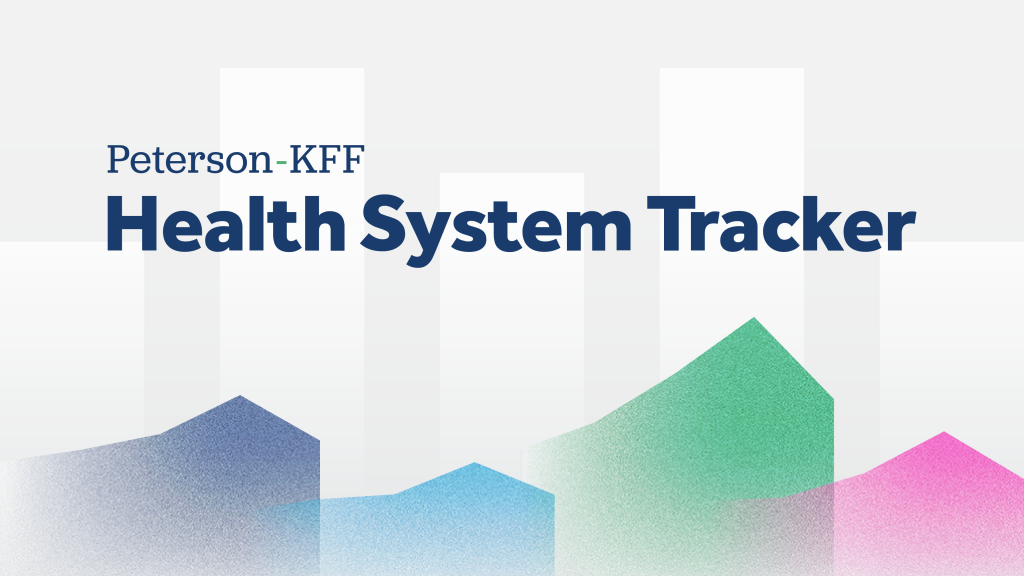Most Nonprofit Hospitals and Health Systems Analyzed Had “Adequate” or “Strong” Days of Cash on Hand in 2022, Though About One in Ten Did Not
This data note examines recent trends in “days cash on hand” to understand how well nonprofit hospitals and health systems may be able to weather financial challenges, such as low operating margins.
